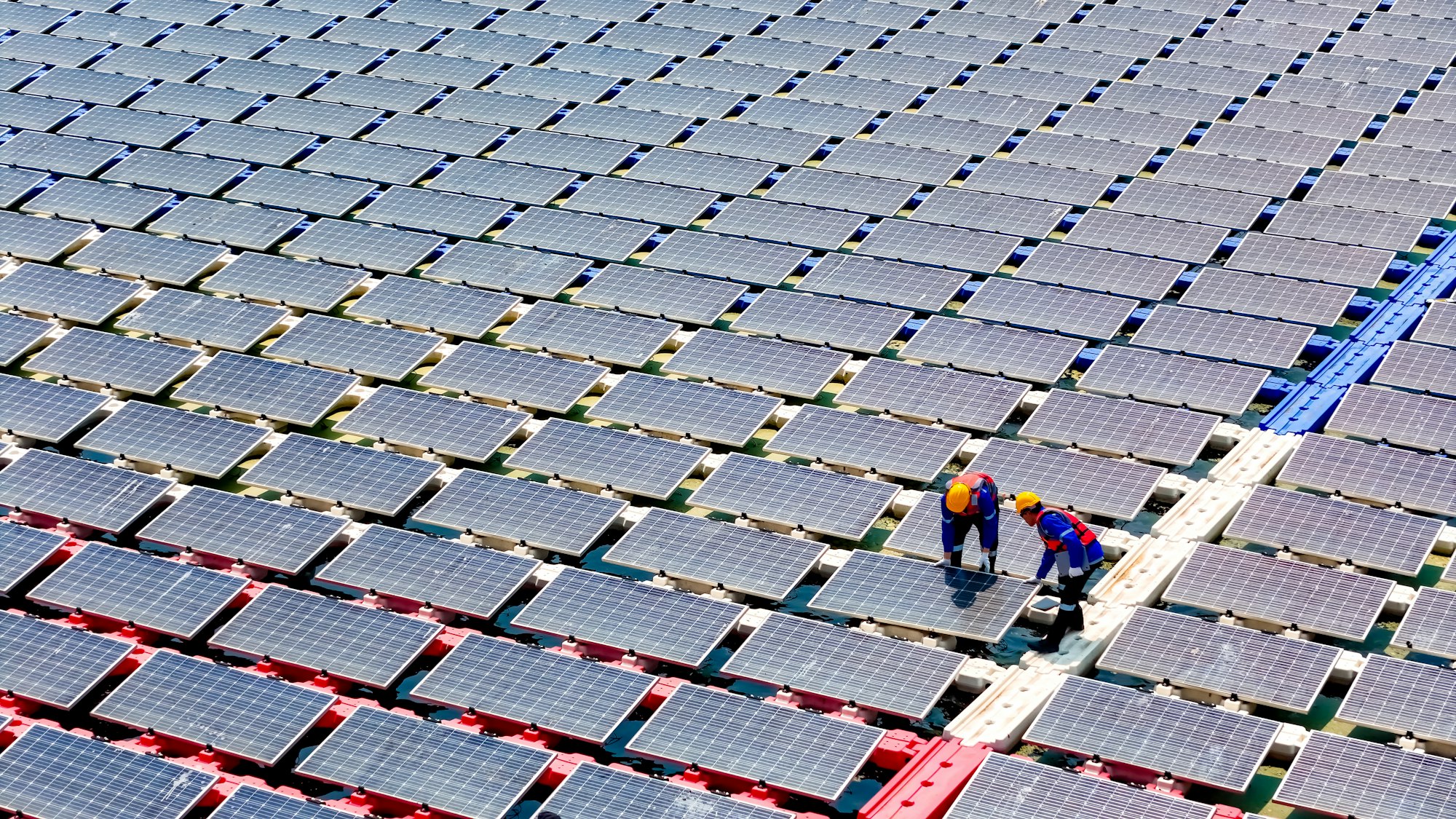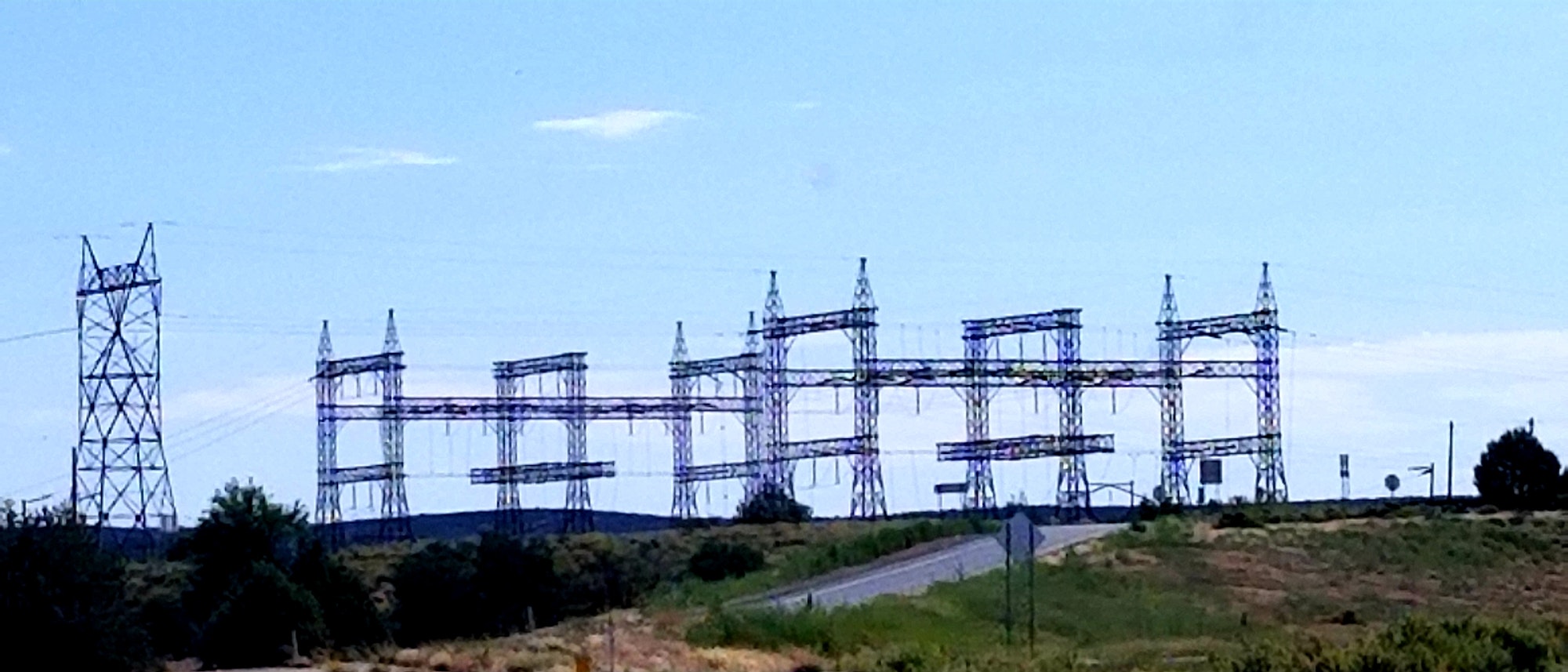Tax Day is nearly here. Many Americans are expecting a refund, and they may be wondering what to do with that money. With travel and vacations still mostly off the table, it’s a good time to consider using the money to make a wise investment in your home. After all, it’s your most valuable asset. What better way to put your money to work for you than investing it quite literally above your head?
If you have considered solar panels for your home in the past, now is the time to do it. With many state incentives for solar panels and installation about to expire at the end of the year, this spring is a perfect time to invest your tax return into infrastructure that will boost your home’s resale value and reduce your energy bills.
Energy Costs Are High
As most homeowners today know, gas, coal, and electricity prices have risen in recent months to their highest levels in decades, according to The International Energy Agency (IEA).
“The price increases are expected to result in sharp upward pressure on household energy bills and also present broader risks to economic activity, especially for sectors that are directly exposed to the price rises,” wrote IEA analysts. “Many governments have taken measures to alleviate electricity bills, especially for vulnerable consumers.”
Energy companies have warned global markets and customers that prices will likely remain high for some time. The prospect of higher bills for the foreseeable future is a good reason to begin using your home’s exposure to the sun to begin generating power.
Refund Checks Are Bigger This Year
Through March 25, 2022, the average federal tax refund was $3,337, up 12.8 percent from the same period last year, according to the IRS. This amount will go a long way toward covering the initial costs of a solar installation for your home.
As solar energy continues to grow in accessibility and popularity, the average cost of solar panels continues to decrease. According to the Solar Energy Industries Association, the price of a residential solar panel system has dropped by an annual average of more than 60 percent over the past decade — from upwards of $50,000 for a six-kilowatt-hour (KWh) system in 2011 to between $16,000 and $21,000 in 2021.
Switching to solar energy requires this up-front investment in equipment and the labor involved in installing it. But after those initial costs, the only recurring charge is the electricity you use beyond the power your panels generate.
Good Timing For Your Tax Rebate
At the end of this year, many states are sunsetting the subsidies available for the installation of solar panels. Doing it now will allow you to take advantage of these subsidies, which often add up to thousands of dollars. In addition, the federal government also offers a solar tax incentive. Created in 2005, the federal solar tax credit is available in all states, including those with no SRECs or state rebates. The 26 percent tax credit applies to solar energy systems installed by Dec. 31, 2022. The tax credit value for residential solar will decrease to 22 percent in 2023 and end the following year. In addition, there could be more state tax incentives and rebates coming as well.
Ready To Talk About Solar?
SAVKAT, Inc., a SunPower Elite Dealer, can help homeowners understand their options when it comes to solar energy. Throughout the installation, we handle all logistics from permitting to inspections. After systems have been turned on, we monitor all sites for accurate production estimates and exceeding performance expectations. We are proud to have a five-star rating from our customer base. For more information, call 800-860-6932 or visit our website for more information or to make an appointment for a consultation.




